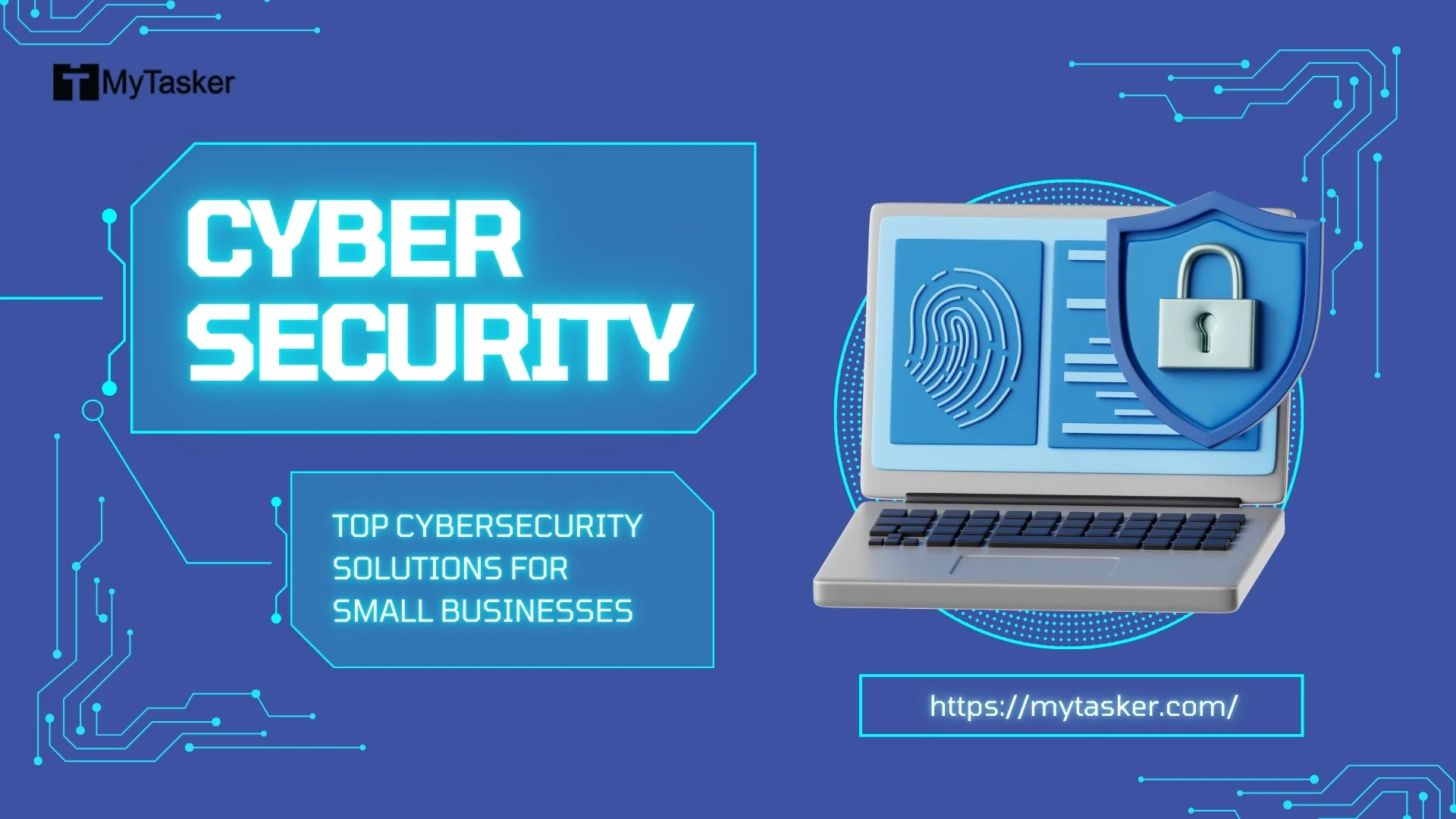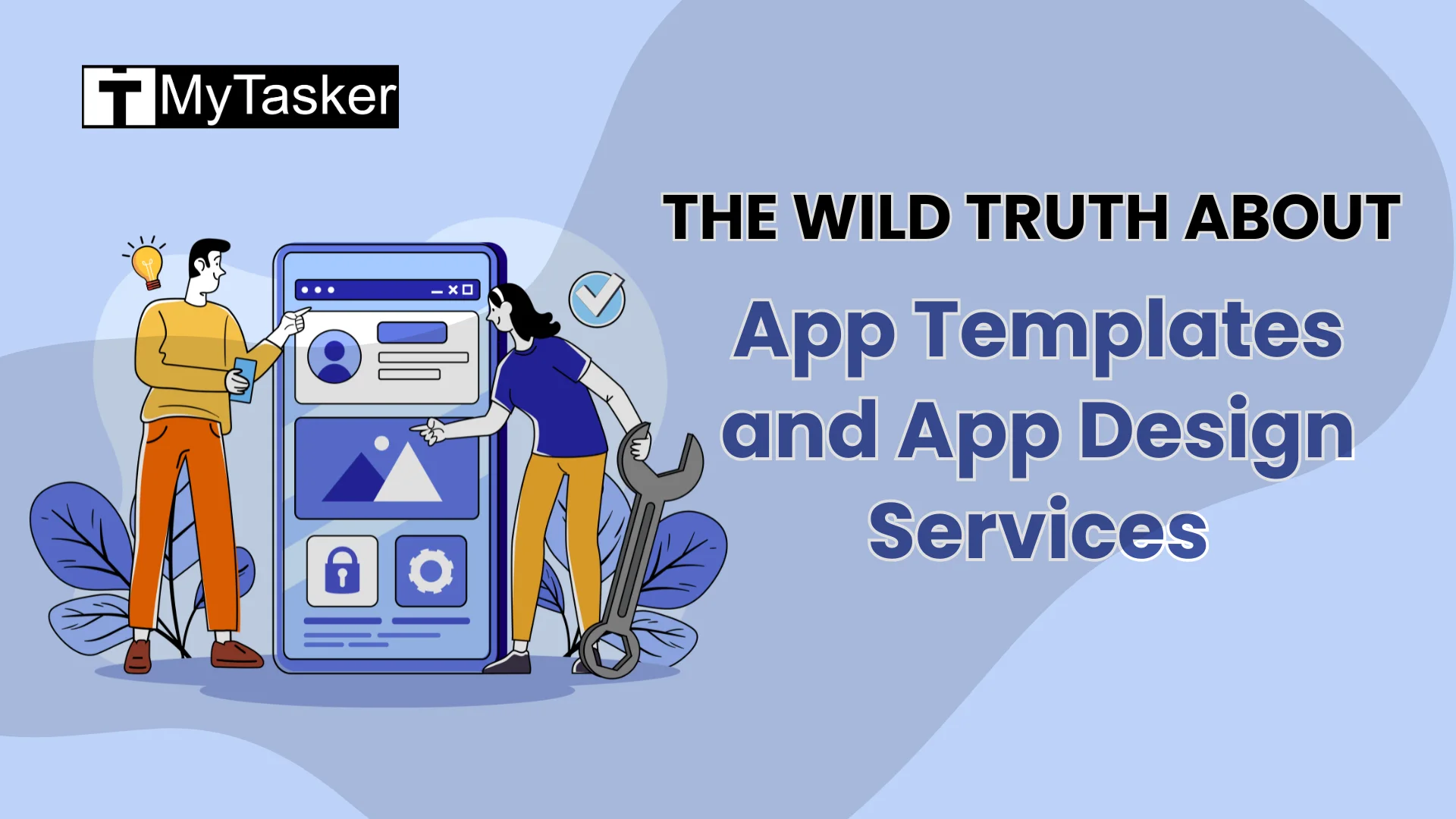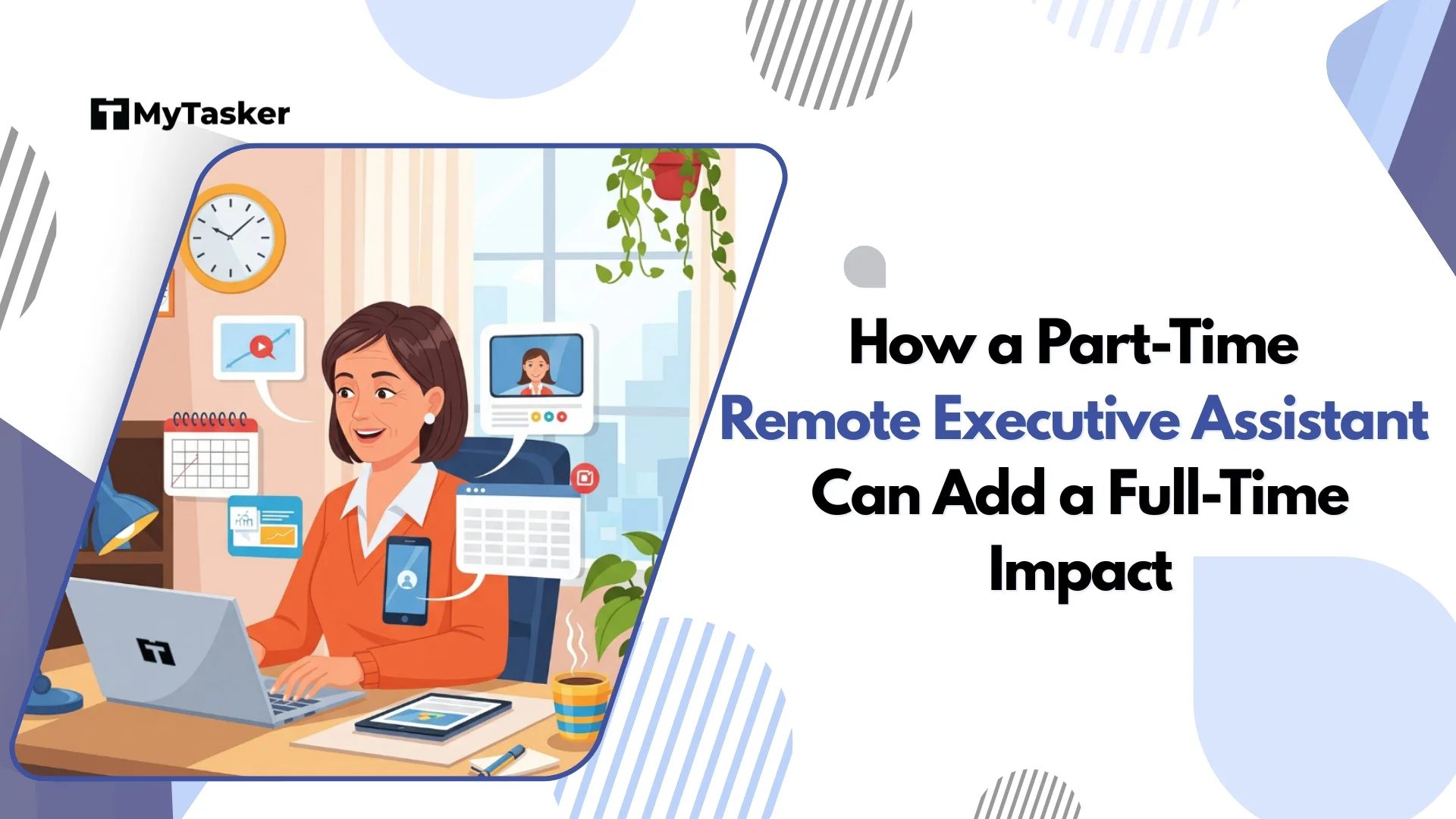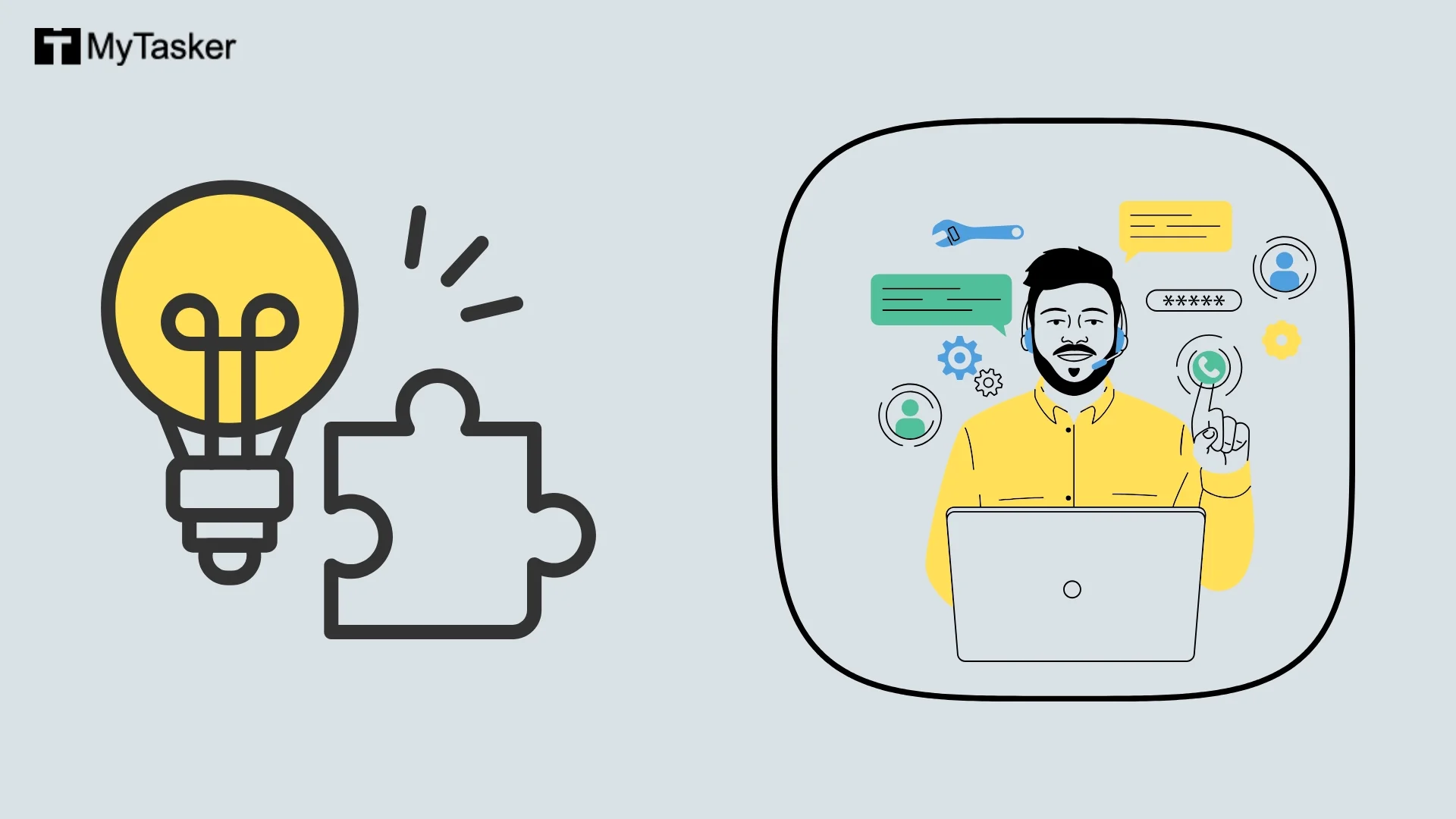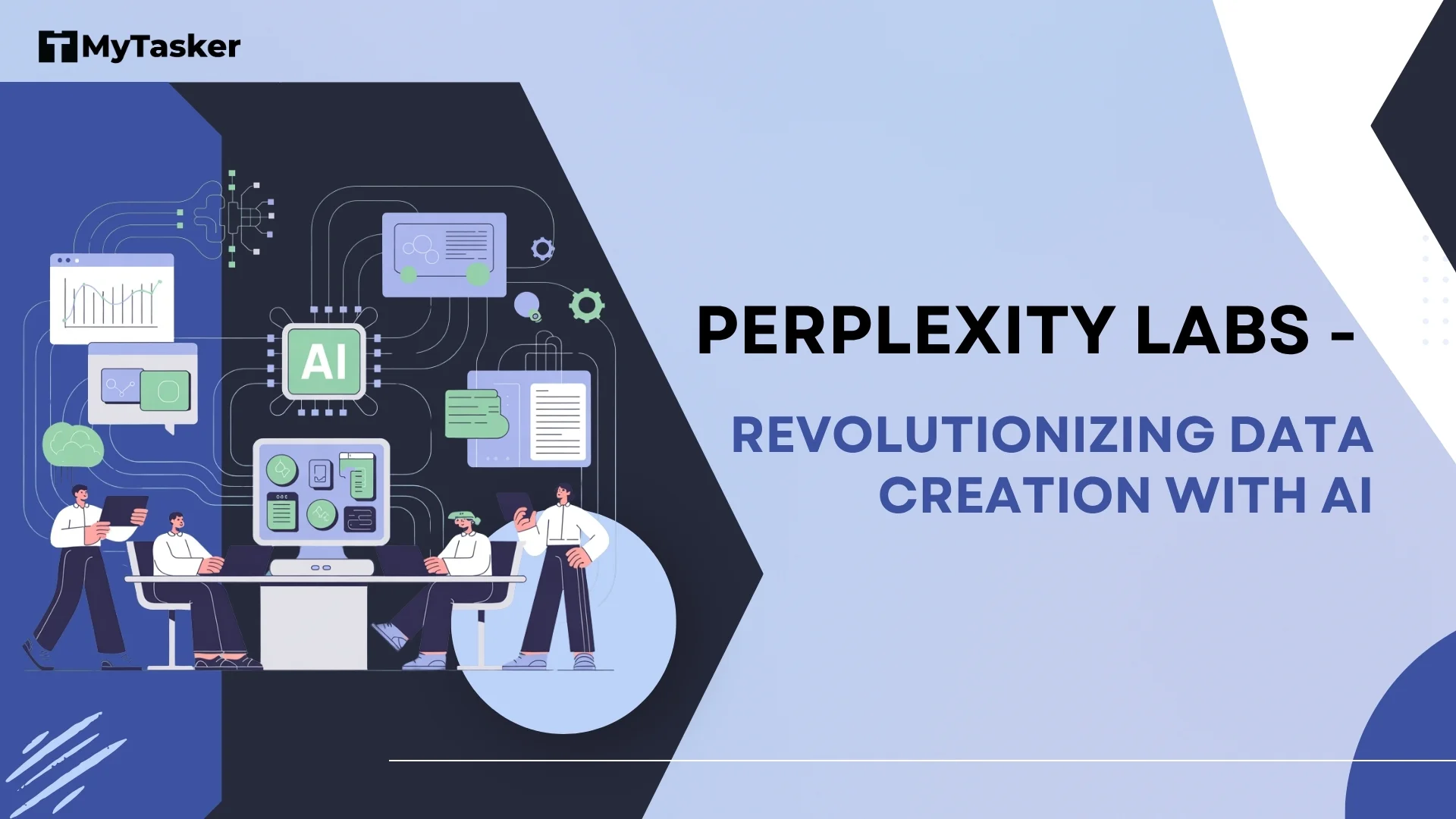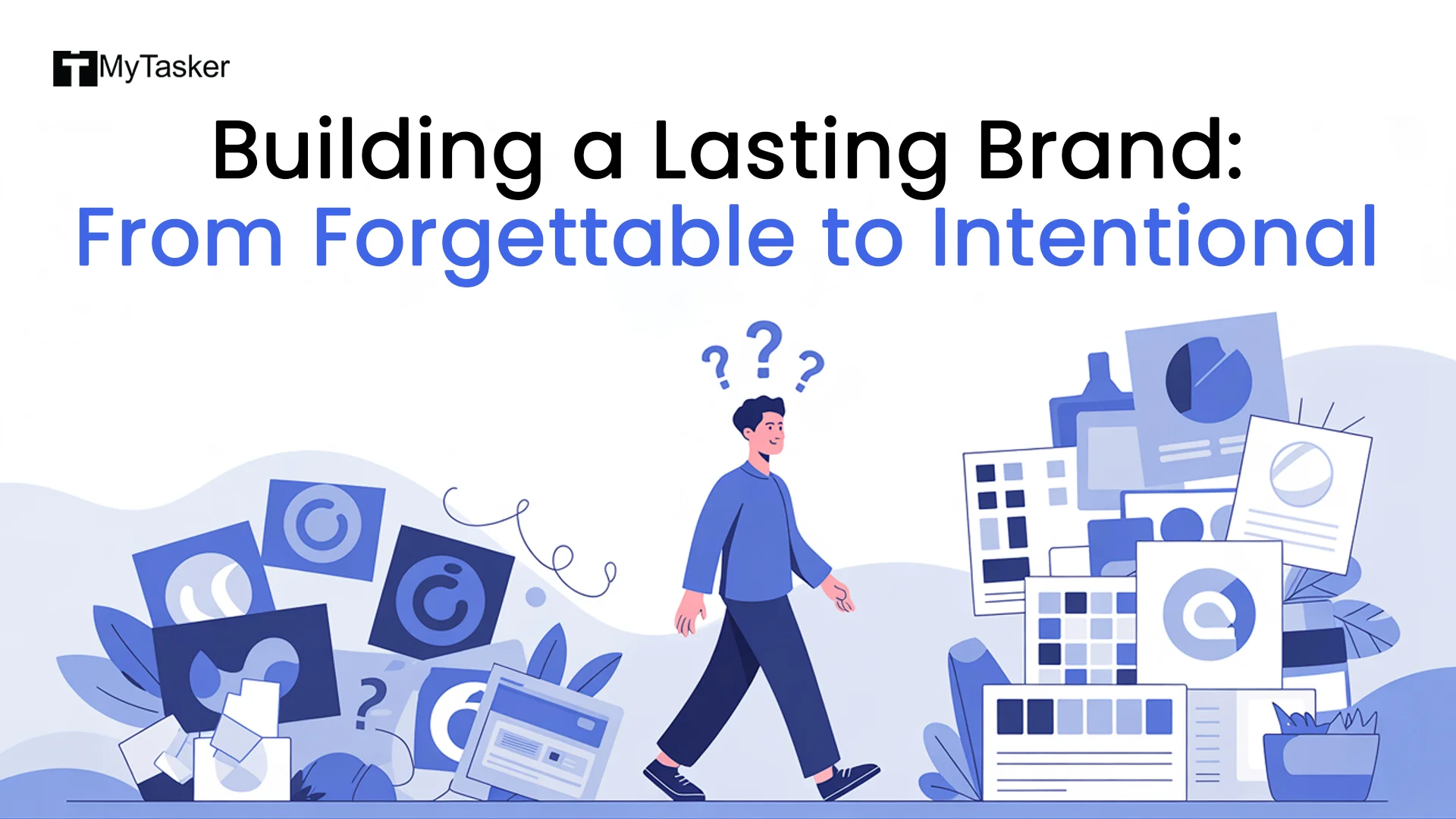Cybersecurity solutions for small businesses are going through several transformations in 2025. Security threats are unprecedented and the frequency of attacks is becoming more concentrated and sophisticated in nature.
Businesses that ignore the signs of cybersecurity importance in a world where emerging threats are becoming more dangerous are more prone to security breaches. Establishing proper cyber security strategies and creating a concise cyber security policy can prevent and protect your small business from all types of external threats.
What Do We Understand by Cybersecurity?
This is a process to safeguard your business's computer systems, networks, sensitive data, financial records, and confidential information. Cyberattacks can destroy or compromise your organization's valuable information.
What is the Importance of Cyber Attack Protection for Small Businesses?
Are you looking for the best and essential practice for cyber security protection? We understand the importance of business network security and have prepared a great list of cybersecurity support protocols to stay ahead of cybercriminals. You will find the best tips, trends, and practices to safeguard your business assets and digital records confidently.
Small businesses are easy targets for hackers and undergo severe hazards like data loss, money loss, and customer loss if they are attacked. Lack of experience and financial restrictions are primary factors to make a small business cyber security checklist.
Small-scale businesses operate on basic IT infrastructure which makes it risky for the brand partners and customers as well. Violation of data results in financial losses and damages brand reputation. The effects of a cybersecurity breach are felt by networking partners of the business as well.
Top Cybersecurity Concerns in 2025
Let us glance through some critical cybersecurity concerns and how to fix them -
-
Generative AI Applications - Companies need to set rules to use AI tools ethically and protect data privacy. You can prevent the misuse of generative AI this way.
-
Third-Party Risk Factors - Third-party users are a direct threat to your organization. They can get hold of case-sensitive data knowingly or unintentionally. Regular analysis, free-flowing security contracts, and activity monitoring are amazing ways to prevent this type of threat.
-
Unsecure Employee Behavior - Introduce security training sessions for organizational employees. Train your employees for phishing attacks, detect suspicious activities, apply strong passwords, and the importance of regular software updates to reduce the scope of mistakes.
-
Constant Exposure to Threats - Cyber threats are invasive and unprecedented in nature. The frequency and nature of threats are rising and changing simultaneously. Set a strict management protocol to protect digital and physical assets alike. Assess vulnerabilities and apply advanced threat detection tools to eliminate the chances of unforeseen cyberattacks.
-
Boardroom Communication Gaps - Ensure clear communication between company board members and IT teams to eliminate technical jargon and confusion that can have detrimental effects on company security in the long run. Prepare clear and actionable steps to help the leaders make better security decisions.
Companies can manage cybersecurity challenges easily when they understand the threats better.
Top 2025 Cybersecurity Trends
-
AI-Oriented and Machine Language-Friendly Cybersecurity Bots
AI and machine language are pivotal tools to enhance cybersecurity threat predictions. It helps to employ defensive measures ahead of time and prevent unnecessary threats. AI-driven security bots are an amazing technique to neutralize cyber attacks.
-
Enhance IoT Security - Universal Encryption for New Devices
Establish clear and strong cyber security protection protocols like universal encryption standards. Make security certifications mandatory for new devices. Integrating AI and ML algorithms to IoT systems to detect unusual patterns. Additionally, blockchain technology helps to decentralize IoT networks making them more secure.
-
Securing Remote Access Solutions - Advanced Authentication Methods
It is pivotal to create robust remote access solutions for the expanding workforce. This will help to access and secure organizational resources regardless of your employee's location. Strong encryption and authentication models prevent unauthorized access and establish a secure connection to maintain high-quality performance.
-
Post-Quantum Cryptography
Reimagine ways to revolutionize data processing and problem-solving. Quantum computing uses qubits that can exist in a multistate format. Cybersecurity experts can make use of this trend to create sophisticated encryption models and algorithms to detect cyber attacks and effectively manage large volumes of data. It is pivotal to develop post-quantum cryptography to tackle quantum computing vulnerabilities.
-
Multi-factor Authentication Systems to Prevent Phishing Attacks
Phishing is a common form of cyber threat and modern hackers have learned techniques to bypass traditional security protocols. Multifactor authentication is a great solution to prevent these types of attacks. There are methods to assess accessibility patterns and detect suspicious activities.
-
Mobile-friendly User Interfaces
Smartphone users are increasing and they use this device to access the Internet and take care of urgent tasks on the go. This makes it elementary to focus on mobile security. There are platforms and tools with sustainable encryption protocols to protect against unauthorized access to data transmission between mobile devices. Moreover, user-friendly interfaces make the personal environments safer for users to navigate complex security options seamlessly.
-
Integrate a Zero Trust Security Model
This cybersecurity trend follows the norms of always verifying and never trusting. Zero Trust security protocol is a great way to secure the internal and external sides of the network compared to the traditional models which only focus on protecting the perimeters. Every access request is considered a threat in this model. The protocol follows strict identity verification, monitoring network activities, and strict access controls. This model helps to mitigate the risks of network attacker movements. It is a flexible approach for all IT environments.
-
Introduce Education for Cybersecurity Skill Gaps
There is a lack of equipped individuals to tackle the rising frequency of cybersecurity threats. The global cyberinfrastructure can be at great risk due to this. Establishing a cybersecurity curriculum to address different types of cyber threats is the need of the hour. Try to set up practical and hands-on training guides to prepare to combat real-world cybersecurity challenges. Organizations can offer training programs, seminars, and workshops to help professionals stay updated with the best practices and latest trends. Also, focus on public-private cybersecurity partnerships to address industry needs better.
-
Utilize Blockchain Technology to Secure Digital Transactions
Blockchain is a decentralized technology that has inherent protective features like immutability, tamper resistance, and transparency. These are top characteristics to offer cybersecurity support. You cannot modify data on a blockchain without the consensus of the network. It is a great option to secure financial transactions. Moreover, blockchain technology is used to create strong identity management systems. Organizations can secure their information and control who can access these data when they store it over a blockchain.
Essential Practices for Cybersecurity in 2025
Maintain the following small business cybersecurity checklist to stay ahead of hackers and protect your vital information at all times -
-
Establish A Strong Cybersecurity Strategy
If you are wondering how to prepare for a cyberattack, start with a robust strategy for security. Conduct a security audit to identify potential risks and assess the current situation of the business. It will help you detect the existing security models if the employees are updated about the threats, how to protect against these threats, and the layers of security for your company network. A people or user-centric cybersecurity policy is a thoughtful solution to protect all types of data.
-
Strengthen Security Policies
The Zero Trust model is a great example of cybersecurity policy. Organizations have to stay updated with security policies and employ the latest tools and technologies for optimal protection. All organizational employees need to comply with the security policies. The Zero Trust model optimizes multi-factor authentication and users are needed to enter a password every time they are away from their systems for more than 10 minutes.
-
Backup Data and Timely Install Security Updates
Be very specific and agile about data backup. Organizations store highly sensitive user data. When hackers access these data, they can manipulate and damage the reputation of your brand. Timely software update and employee training enables you to back up sensitive data securely.
-
Employ Multi-factor Authentication and Apply Strong Passwords
You can create strong passwords using lower case, upper case, symbols, and numerical. Organizations follow these strategies and secure their systems with strong passwords for maximum impact. Also, multi-factor authentication is a common practice to verify your user on different devices to decrease the chances of hacking.
-
IT Department Intervention
The size, industry, and other factors determine the preventative cybersecurity strategies for organizations. Collaborating with IT departments will help you make smart and sound decisions. They can conclude if your organization requires cloud technologies, types of security measures, and the best plan of action for employees and users alike. IT experts can also safeguard data with the best small business firewall integration and using supportive company VPNs.
-
Perform Regular Cybersecurity Audits
Cybersecurity audits help to identify if your organization is properly mitigating the risks. Frequent audits at timely intervals (monthly, quarterly, or half-yearly) are great for staying updated about your organization's performance and exposure to and against threats. Moreover, these audits are useful for complying with the updated security protocols. Tools and processes may need to be streamlined based on audit results. It will provide greater protection against cyberattacks.
-
Smart Access Control for Sensitive Data
The IT Team is the frontier for who gets to access organizational data like passwords, client details, etc. Trade secrets and financial data of companies are highly confidential. As an organization leader, you must ensure that this set of data is not shared with every employee and only given to those who work with it.
-
Examine Third-Party Applications and Users
Did you know? Third-party users for your organizations have access to critical systems and applications. They can easily steal your business data intentionally or unintentionally. Regardless of the intention, it will lead to a cybersecurity breach. Provide one-time passwords, monitor user activity, and restrict sensitive data access to detect malicious activities and prevent risks.
-
Champion IT Training
Cybersecurity training is essential for all employees who join your organization. Constant IT support and security updates enhance security measures. Awareness campaigns are excellent for staying updated with security practices and laws.
Bottomline
These cybersecurity facts are going to be highly beneficial for your organization in the long run. Protect your data, secure your users, give privacy to your employees, and comply with the latest cybersecurity laws.
Expert IT officials at MyTasker can help safeguard your confidential assets digitally with constant monitoring and timely updates. Get in touch with us today to explore the security possibilities.



